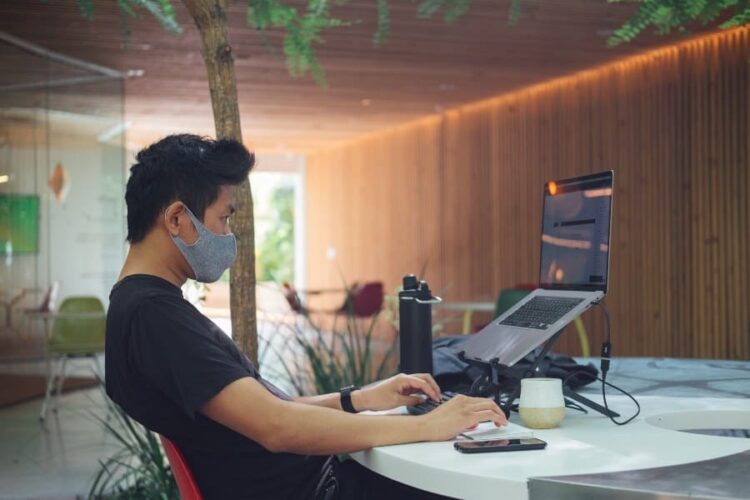Creating product designs that resonate with your trget audience takes time and resources, but the financial benefits are worthwhile. But appealing will not only get your target audience’s attention. It will also get your competitor’s and unscrupulous business people’s attention, some of whom may want to ride on your success to make a profit.
Luckily, IP laws exist to safeguard your creations and ensure that only you profit from your hard work. There are several intellectual property rights covered under IP laws, including patents, design patents, trademarks, copyrights, and business secrets.
This guide focuses on IPs that are relevant for product designers: design patents, trademarks, and copyrights.
Design Patents
As the name suggests, design patents are a subcategory of patents and apply to designs and cover shape, appearance, texture, color combination, and ornamentation. Unlike patents that require an idea for a product to be original to meet the eligibility criteria, design patents licensing only requires a product’s design or aesthetics to be unique and new.
Also, the subject of design patent licensing must be functional; that is, it does not improve the functioning of the product to which it is applied. Instead, it should be purely aesthetic. Under Canadian IP laws, design patents are referred to as industrial rights.
If you intend to register your designs for protection, ask an attorney for help. But you could learn some industrial design basics from reputable legal resources and governmental websites. If successful with your registration, industrial design rights last for 15 years from the date of filing for registration.
Trademarks
Trademarks are brand’s markers that help consumers pick out a product from the others in the market. They include product names, brand names, logos, or slogans. While trademarks may not have much bearing on the design part of a product, they have immense significance on the marketing side.
When matched with unique designs and quality products, trademarks do an excellent job of creating positive brand awareness and implying quality. For example, a swoosh sign, as used by Nike, implies quality even before a customer tries a product.
Trademarks protections run for ten years from registration, but the term is renewable by paying a service fee. This means a rights holder can retain ownership of their rights for as long as they want.
Copyrights
The initial phases of design work involved lots of drawing, sometimes on paper and other times on design software. Irrespective of the medium used, your plans, sketches, and drawings are covered by copying laws.
Unlike other IPs mentioned in this guide, copyright protections apply by default to the author of the creative art and last for their lifetime and 70 years after they die. But some countries have a 50-year limit. Applying by default means that the author can still enforce their rights even when they haven’t registered their creations as copyrights but registering makes enforcement efforts much easier since you only have to produce the registration certificate to prove ownership if it is disputed. it is important to note that
Scope Of Protections
IP protections do no not last indefinitely. So it is important to understand the duration of your rights when considering if registering them is worth it. Also, IP protections are limited to geographical boundaries. For example, if you register your industrial design rights in Canada, your protections will be limited to Canada, meaning an entity in China can replicate your designs, and there is nothing much you can do about it in terms of legal recourse.
To get protections in other countries, you will need to register your designs in those countries too or go the easier route of registering your design with WIPO, which offers protections in over 190 countries.










